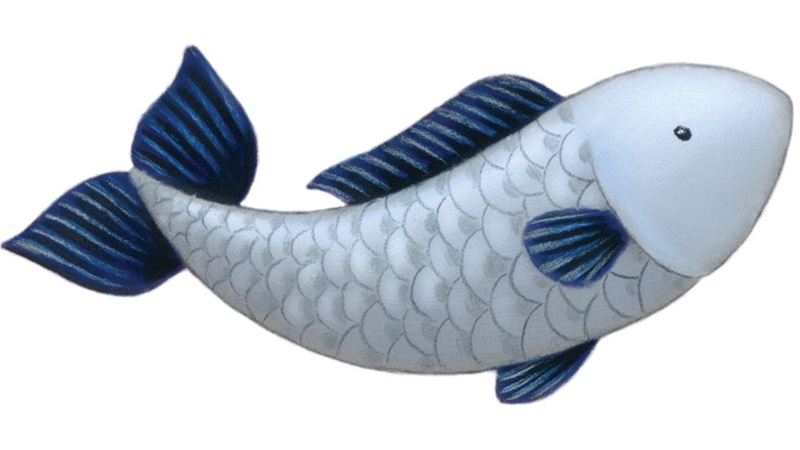Cultivating Children’s Curiosity in the Preschool Religious Education Classroom

Preschool-aged children are very curious by nature and love to ask who, what, when, where, why, and how questions. Children have a lot of creative energy; they are great at pretending that non-living things, such as their toys, are alive. While children are developing better self-control because of advances in brain development, they still can have difficulty focusing on a single activity for an extended period. How does a religious educator channel this creative energy into a productive lesson that is developmentally appropriate?
First, it is critical to engage children in lessons that engage all five of the senses. For example, if teaching about how Jesus called the Twelve Apostles, review the names of all 12 of the Apostles. Read Matthew 4:18–22, and then include some or all of the following activities that build on the fish theme and that engage all the senses while reinforcing the lesson.
Sight
Have children make fish using different colors of tissue paper. Draw a template of a fish on a piece of construction paper and have the children fill it in with different colors. Use this as an opportunity to discuss how the variety of colors add to the beauty of the collage. In a similar way, diversity of peoples adds to the beauty of God’s creation.
Sound
Before reading Matthew 4:18–22, ask the children to listen for key words in the story. This helps the children to focus, and the children will prompt each other to respond when the word is read in the story. Afterward, invite children to examine seashells of different sizes, having them listen to them for the sounds of the sea. Alternately, have children listen to a song such as “Lord, When You Came to the Seashore,” and have children pick out words in the song related to the sea.
Touch
Explain that the fish was an early Christian symbol, and invite children to make a fish out of beads. Children not only get to work on their fine motor skills when gluing beads onto colorful pieces of construction paper, but they get to use their imaginations in the process. Another idea for younger children is to use modeling clay to make a fish. Consider the fine motor skills of the children, and choose the activity that best fits with their abilities so they do not become frustrated with the activity.
Smell
Ask children to describe what the seashore might have smelled like in the Gospel story. Smell is a powerful sense that can really help children imagine the scene.
Taste
Ask the children if they have ever eaten seafood. Ask them to share their experiences about what they ate, what the food tasted like, where they ate it, whom they ate it with, etc. Invite children to share which food was described that they might want to try with their families.
Cognitive Domains
In addition to integrating children’s senses into the lesson, we can integrate different cognitive domains. Choose activities that integrate multiple subject areas such as Creative Arts, Language and Literacy, Mathematics, Social Studies, and Science. In the suggestions listed above, creating the fish symbol with beads incorporates fine motor skills, mathematics (sequencing and forming patterns), and creative arts. Creating a chart promotes literacy and mathematics skills by providing a visual representation of children’s likes and dislikes. For older preschoolers, consider acting out Bible stories to bring the stories to life in a meaningful way and to engage multiple senses.
Transition Time
Finally, even clean-up time and transition time in the classroom can be great opportunities to build on children’s creative energy. Consider setting a timer for three minutes or playing music while cleaning up after an art activity. When the timer goes off or the music stops, have children transition to the next activity. This technique provides a clear signal that helps give children a goal to finish the activity before time is up.
By designing lessons that take advantage of children’s creativity and imaginations, we can make lessons that engage the senses, integrate multiple subject areas, and stress different modalities, creating rich and engaging learning experiences for everyone.


